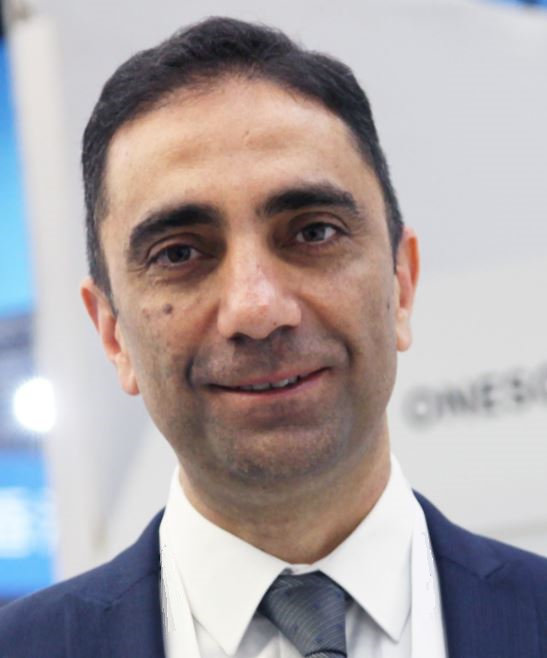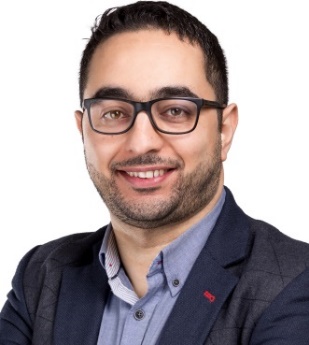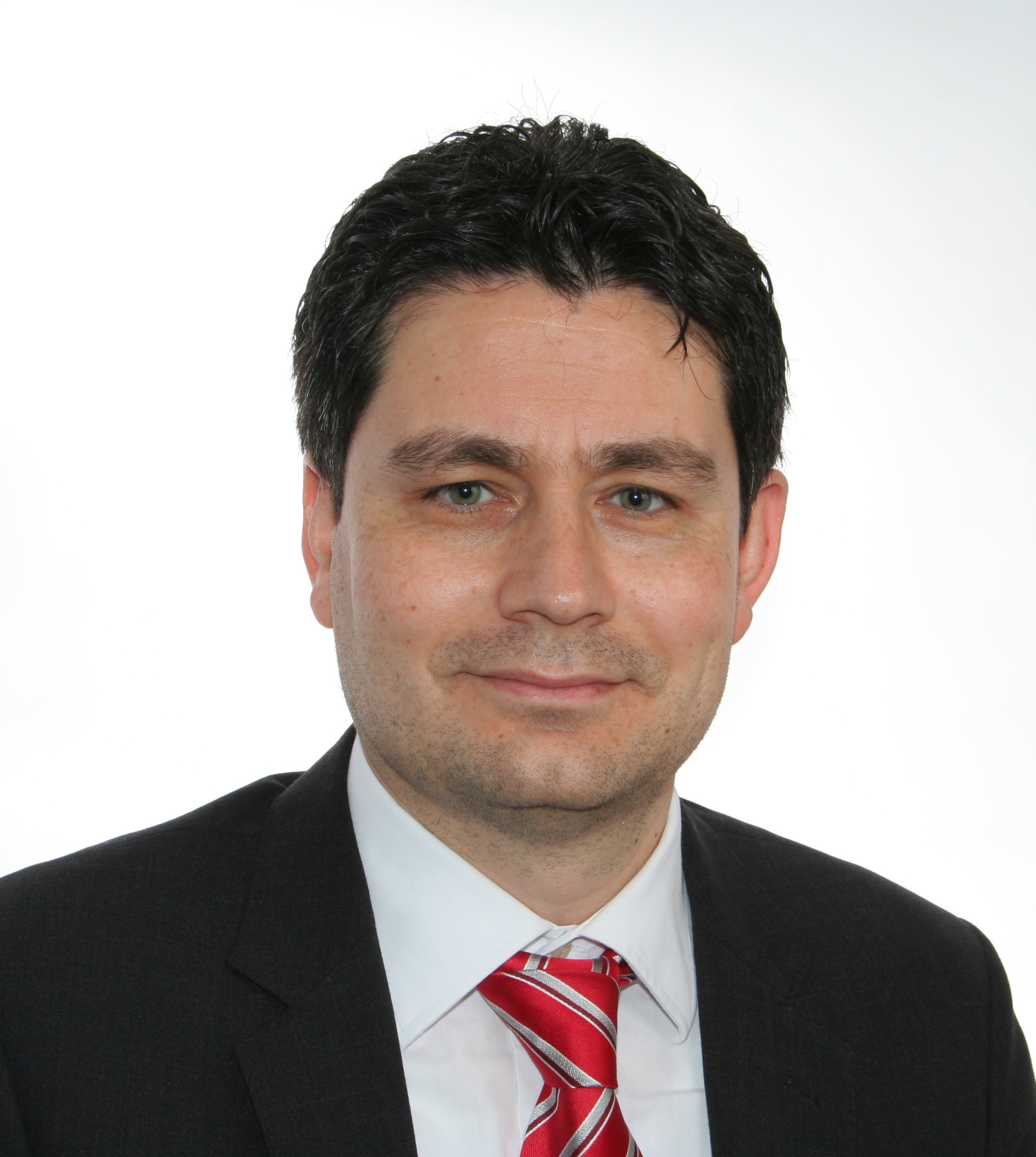4th International Workshop on Advances in Slicing for Softwarized Infrastructures
Monday, June 28, 2021
Opening
2:00pm – 2:10pm JST
Session Chair: Ping Du, University of Tokyo, Japan
Keynote 1
2:10pm – 3:10pm JST
Session Chair: Ping Du, University of Tokyo, Japan
O-RAN Slicing Architecture and Use Cases
Arda Akman, Juniper Networks
Description
Network slicing is considered to be a key pillar of 5G, enabling the creation and management of customized networks to meet the specific service requirements demanded by different applications, services and business verticals. Introduction of such an architecture to meet the vastly varying service demands requires the 5G mobile networks to support very high data rates, service availabilities and very low latencies, and other requirements which are expressed through Service Level Agreements (SLAs) between the mobile operators and the business customers. As network slicing is an end-to-end feature, including the core network domain, transport network domain and the radio access network (RAN) domain, these service level requirements needs to be met for the collection of these domains, and especially in the RAN given the service variability of RAN by its nature. For this purpose, detection of RAN slice SLA violations and assurance of RAN slice SLAs is a key challenge to be resolved which is where O-RAN’s open interfaces combined with AI/ML based innovative architecture enables such challenging RAN slice SLA assurance solutions to be implemented.
Biography

Arda Akman has 25 years of R&D experience in telecommunications, especially in wireless networks. In his current role as Director of Engineering in Juniper Networks, he is leading O-RAN and 5G architecture, innovation and standardization activities. Before joining Juniper Networks, he was the Director of Wireless Access in Netsia, leading the development of 5G RAN slicing, O-RAN based RAN Intelligent Controller, and 4G macro base station RRM and SON layers. Prior to Netsia, he held various technical managerial positions including Turk Telekom R&D leading multi-national research projects, in Ixia leading the physical layer team and the development of wireless network test equipment, including a 4G multi-UE simulator, and in Nortel Networks focusing on carrier grade products. He is involved in standardization activities and is a very active member of O-RAN, co-chairing use case task group and chairing slicing task group. He received his BSc and MSc in Electronics Engineering from METU, Ankara, Turkey in 1994 and 1997 respectively and has authored various articles and more than 20 patent applications.
TS1 – Cost-efficient and Optimal Slicing
3:10pm – 4:40pm JST
Session Chair: Luis Miguel Contreras Murillo, Telefonica, Spain
Tenant-Oriented Resource Optimization for Cloud Network Slicing with Performance Guarantees
Lucian Beraldo, Federal University of São Carlos, Brazil
Angelos Pentelas, University of Macedonia, Greece
Fábio Luciano Verdi, Federal University of São Carlos, Brazil
Panagiotis Papadimitriou, University of Macedonia, Greece
Cesar Augusto Cavalheiro Marcondes, Aeronautics Institute of Technology, Brazil
Automated and Optimized Embedding of Virtual Networks and Network Slices
Pedro Martinez-Julia, National Institute of Information and Communications Technology, Japan
Ved P. Kafle, National Institute of Information and Communications Technology, Japan
Hitoshi Asaeda, National Institute of Information and Communications Technology, Japan
Design and Manufacture of Narrow-Band BPF for Local 5G Network Slicing
Aerman Tuerxun, The University of Tokyo, Japan
Ping Du, The University of Tokyo, Japan
Junji Yumoto, The University of Tokyo, Japan
Akihiro Nakao, The University of Tokyo, Japan
Keynote 2
5:00pm – 6:00pm JST
Session Chair: Panagiotis Papadimitriou, University of Macedonia, Greece
FlexNGIA – The New Frontiers for Future Tactile Internet
Mohamed Faten Zhani, ETS, Montreal, Canada
Description
From virtual reality and teleportation, to telepresence, augmented reality, holograms, and remotely‑controlled robotics, these future network applications promise an unprecedented development for society, economics and culture. Unfortunately, today’s Internet falls short when it comes to providing the stringent performance requirements imposed by such applications. This is due to several fundamental limitations in the design of the current network architecture and communication protocols. As a result, there is a pressing need to rethink the network architecture and protocols, and efficiently harness recent technologies in terms control and data plane, in-network computing, cloud computing, virtualization and softwarization to devise the next-generation tactile Internet. In this talk, we start by analyzing the characteristics and requirements of future networking applications and highlight today’s Internet limitations. We then draw a rough sketch of FlexNGIA (www.FlexNGIA.net), a Flexible Next-Generation Internet Architecture that leverages in-network computing, network softwarization and virtualization to satisfy the requirements of future Internet applications and services. We also discuss through some use-cases how FlexNGIA could ensure the service level guarantees required by some of the future network applications.
Biography

Mohamed Faten Zhani is an associate professor with the department of software and IT engineering at l’École de Technologie Supérieure (ÉTS Montreal) in Canada. His research interests include future Internet architectures, cloud computing, network function virtualization, software-defined networking and resource management in large-scale distributed systems. Faten has co‑authored several book chapters and research papers published in renowned conferences and journals including IEEE/IFIP/ACM CNSM, IEEE/IFIP IM/NOMS, IEEE INFOCOM, IEEE transactions on cloud computing and IEEE Journal on Selected Areas in Communications (JSAC). He delivered more than ten keynote speeches in renowned conferences and workshops in the last couple of years. He also served as the general or technical program chair of several international workshops and conferences. He is also co-editor of the IEEE Communications Magazine series on network softwarization and management, associate editor of the IEEE Transactions of Network and Service Management, Wiley international journal of network management, and managing editor of the IEEE softwarization newsletter. He is co‑founder and vice-chair of the IEEE Network Intelligence Emerging Technology Initiative and a cluster lead at the IEEE P1916.1 SDN/NFV Performance standard group. Faten recently received the IEEE/IFIP IM 2017 Young Researchers and Professionals Award as a recognition for outstanding research contribution and leadership in the field of network and service management. More details are available on his web page. (Web page Link: http://etsmtl.ca/Professeurs/mfzhani/Accueil?lang=en-CA)
TS2 – Advanced Slice Management
6:00pm – 7:00pm JST
Session Chair: Fábio Luciano Verdi, UFSCar/KTH, Brazil
Dynamic Slice Scaling Mechanisms for 5G Multi-domain Environments
David Breitgand, IBM Haifa Research Lab, Israel
Alexios Lekidis, Intracom Telecom, Greece
Rasoul Behravesh, Fondazione Bruno Kessler, Italy
Avi Weit, IBM Haifa Research Lab, Israel
Pietro Giardina, Nextworks, Italy
Vasileios Theodorou, Intracom S.A. Telecom Solutions, Greece
Cristina E. Costa, Fondazione Bruno Kessler, Italy
Katherine Barabash, IBM, Israel
Defining a management function based architecture for 5G network slicing
Kostis Trantzas, University of Patras, Greece
Christos Tranoris, University of Patras, Greece
Spyros Denazis, University of Patras, Greece
PS – Softwarization and Slicing in 6G Networks and Network 2030
7:20pm – 8:35pm JST
Panel Moderator
Alex Galis, University College London, UK
Panel Members
Christian Jacquenet, Research director, Orange, France
Luis Miguel Contreras Murillo, Telefonica, Spain
Panagiotis Papadimitriou, University of Macedonia, Greece
Mohamed Faten Zhani, ETS, Canada
Description
The current convergence trend between computing and networking eco-systems puts software into an unprecedented and dominant role in operational communication environments. Computing, storage and connectivity services along with application instances are foreseen to be dynamically deployed in the form of slices of virtualized assets within a so-called Software-Defined Infrastructure (SDI) leveraging general-purpose processing and communication hardware, altogether being flexible managed and made available under “As-a-Service” paradigms in the spirit of Cloud Computing. This concept is summarized in the idea of Slicing, which has become a central piece in the evolution of telecom networks, as we witnessed in the past three editions of S4SI and other scientific and industrial venues.
Biography

Alex Galis is a Professor in Networked and Service Systems at University College London (UCL) – www.ee.ucl.ac.uk/~agalis/. His current interests are in 5G/6G networking, management, AI-enabled networking, virtualization and softwarization, deterministic and high-precision networking and servicing, network and cloud programmability. He has co-authored more than 250 publications in the future Internet areas and standards, including 11 research books. He is a co-editor of IEEE Communications Magazine series on Network Softwarization and Management, IEEE Communication Magazine Feature Topic on Advances in Networking Software, IEEE JSAC series on Network Softwarization and Enablers, and Wiley’s ETRI Journal. He has served as general chair/TPC chair/keynote and panel chair/tutorials in IEEE conferences such as NOMS/IM/CNSM/ICIN/CloudNet/NetSoft.

Christian Jacquenet graduated from the Ecole Nationale Supérieure de Physique de Marseille, a French school of engineers. He joined Orange in 1989, and he’s currently the Referent Expert of the “Networks of the Future” Orange Expert community. Until recently, he was the Director of the Strategic Program Office for advan ced IP networking within Orange Labs. He is also the head of Orange’s IPv6 Program that aims at defining and driving the enforcement of the Group’s IPv6 strategy and which yielded the deployment of IPv6 networks and services in most European and African Orange affiliates since 2010. He leads development activities in the areas of network automation (including SDN, automated service delivery procedures combined with Artificial Intelligence techniques, intent -based networking), and IP networking techniques. He authored and co-authored several Internet standards in the areas of dynamic routing protocols and resource allocation techniques, as well as numerous papers and books about IP multicast, traffic engineering and automated IP service delivery techniques. He also holds 30+ patents in the areas of advanced home and IP networking techniques.

Luis Miguel Contreras Murillo completed a six-year Telecom Engineer degree (M.Sc.) at the Universidad Politécnica of Madrid (1997), and helds an M. Sc. on Telematics from the Universidad Carlos III of Madrid (2010). In 1997 he joined Alcatel Spain taking several positions (R&D, standardization, product development and customer engineering) in both wireless and fixed network fields. In 2006 he joined the Network Planning department of Orange Spain (France Télécom group) taking responsibilities on the IP backbone and Packet Switched Mobile Core (SGSN, GGSN) planning, and being Internet peering technical manager. Between 2002 and 2010 he was also adjunct lecturer at the Telematics department of the Universidad Carlos III. Since August 2011 he is part of Telefónica I+D / Telefónica Global CTO, working on SDN, transport networks and their interaction with cloud and distributed services, and interconnection topics. He is also active in research and innovation activities participating on the EU FP7 projects GEYSERS and XIFI, the EU H2020 projects 5G-Crosshaul, 5GEx, 5G-Transformer, 5G-EVE, and 5GROWTH, the EU-BR project NECOS, the EU-TW project 5G-Dive, the EU-GNSS project ROOT and the ESA funded project CloudSat. He is active contributor to IETF (authoring five RFCs), ETSI NFV, ETSI MEC, ONF, ITU-T and O-RAN.

Panagiotis Papadimitriou is an Assistant Professor at the Applied Informatics Department of University of Macedonia in Greece. Before that, Panagiotis was an Assistant Professor at the Communications Technology Institute of Leibniz University Hannover in Germany. His research interests and activities span (next-generation) Internet architectures, NFV orchestration, network slicing, programmable dataplanes, TSN, and edge computing. Panagiotis has participated in various EU- and nationally-funded projects, such as NECOS, 5GinFIRE, T-NOVA, CONFINE, and G-Lab. Panagiotis is currently the Scientific Coordinator of MESON project, which promotes cross-slice communication in edge computing infrastructures. Panagiotis is a Senior Member of IEEE and an Associate Editor of IEEE Transactions on Network and Service Management.

Mohamed Faten Zhani is an associate professor with the department of software and IT engineering at l’École de Technologie Supérieure (ÉTS Montreal) in Canada. His research interests include future Internet architectures, cloud computing, network function virtualization, software-defined networking and resource management in large-scale distributed systems. Faten has co‑authored several book chapters and research papers published in renowned conferences and journals including IEEE/IFIP/ACM CNSM, IEEE/IFIP IM/NOMS, IEEE INFOCOM, IEEE transactions on cloud computing and IEEE Journal on Selected Areas in Communications (JSAC). He delivered more than ten keynote speeches in renowned conferences and workshops in the last couple of years. He also served as the general or technical program chair of several international workshops and conferences. He is also co-editor of the IEEE Communications Magazine series on network softwarization and management, associate editor of the IEEE Transactions of Network and Service Management, Wiley international journal of network management, and managing editor of the IEEE softwarization newsletter. He is co‑founder and vice-chair of the IEEE Network Intelligence Emerging Technology Initiative and a cluster lead at the IEEE P1916.1 SDN/NFV Performance standard group. Faten recently received the IEEE/IFIP IM 2017 Young Researchers and Professionals Award as a recognition for outstanding research contribution and leadership in the field of network and service management. More details are available on his web page. (Web page Link: http://etsmtl.ca/Professeurs/mfzhani/Accueil?lang=en-CA)
Closing Session
8:35pm – 8:40pm JST
Session Chair: Christian Esteve Rothenberg, University of Campinas, Brazil


